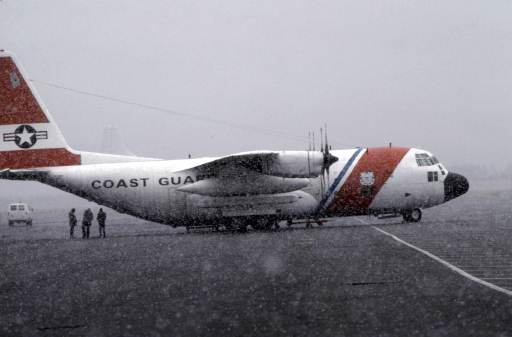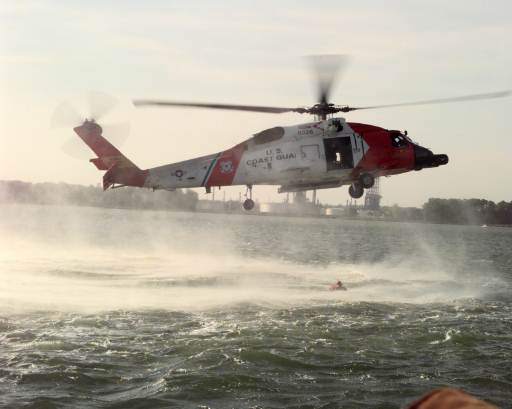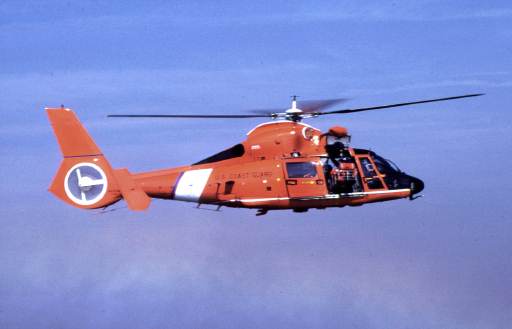|
Coast
Guard flight surgeons approve all aeromedevacs.
Each district has a flight surgeon on 24-hour call.
No
Coast Guard aircraft have a solely dedicated Medevac mission. All aircraft
are configured for a multi-mission role.
There
are 15 air stations that have flight surgeons assigned.
The larger commands may have 2-3 FSís.
Coast
Guard flight surgeons are trained at either the Air Force or Army flight
surgeon courses. After completing a one-year Coast Guard specific syllabus
they are designated as CG flight surgeons. There are also a small number
of PAís trained at the Army flight surgeon course that are designated as
aviation medical officers.
Aircraft:
HC-130 (26 operational with a total range of 4500 miles )
- Equipped with a Medical Pallet with Attached Litter, O2, and the
carry-on equipment deemed necessary for that particular mission.
- Medevacs use flight surgeons, corpsmen and rescue swimmers as
medical personnel. The Mission determines what level is dispatched.
- Navy SEALS and Air Force PJís have been directly deployed from the
aircraft to provide medical care when no resources are near.
- Flight surgeons do ACLS and ATLS. Some corpsmen are trained to the
ACLS level.
HH-60J (Jayhawk) (35 operational with a range of
300 miles out and back)
- Most medical support provided by the rescue swimmers who are all
EMTís. Most of them are at basic level but in some areas (eg Alaska)
they are intermediate.
- Flight surgeons and corpsmen participate in medevacs at times.
- The HH-60J is configured to carry one Stokes litter. It has no
capability to utilize NATO litters.
- They carry AEDs as part of the basic medical kit.
- In the Coast Guard configuration, there is less room in the back
than in other (Army, Navy, Air Force) DoD counterparts.
HH-65A (80
operational with a range of 130 miles out and back)
- Most medical support provided by the rescue swimmers who are all
EMTís. Most of them are at basic level but in some areas (eg Alaska)
they are intermediate.
- Flight surgeons and corpsmen participate in medevacs at times.
- The HH-65A is configured to carry one Stokes litter. It has no
capability to utilize NATO litters.
- They carry AEDs as part of the basic medical kit.
|


